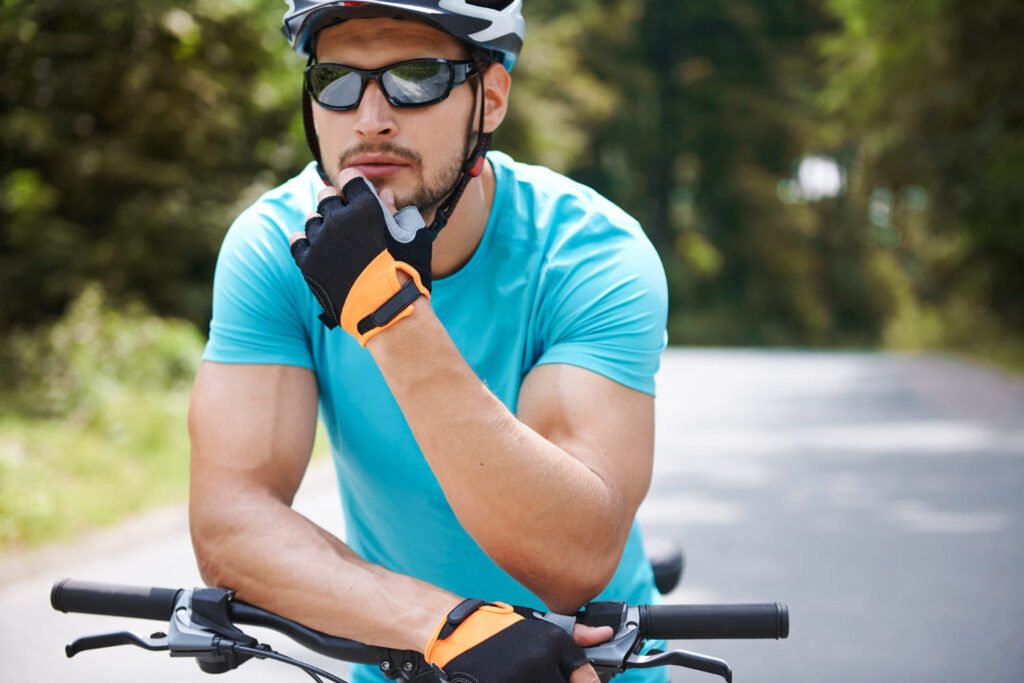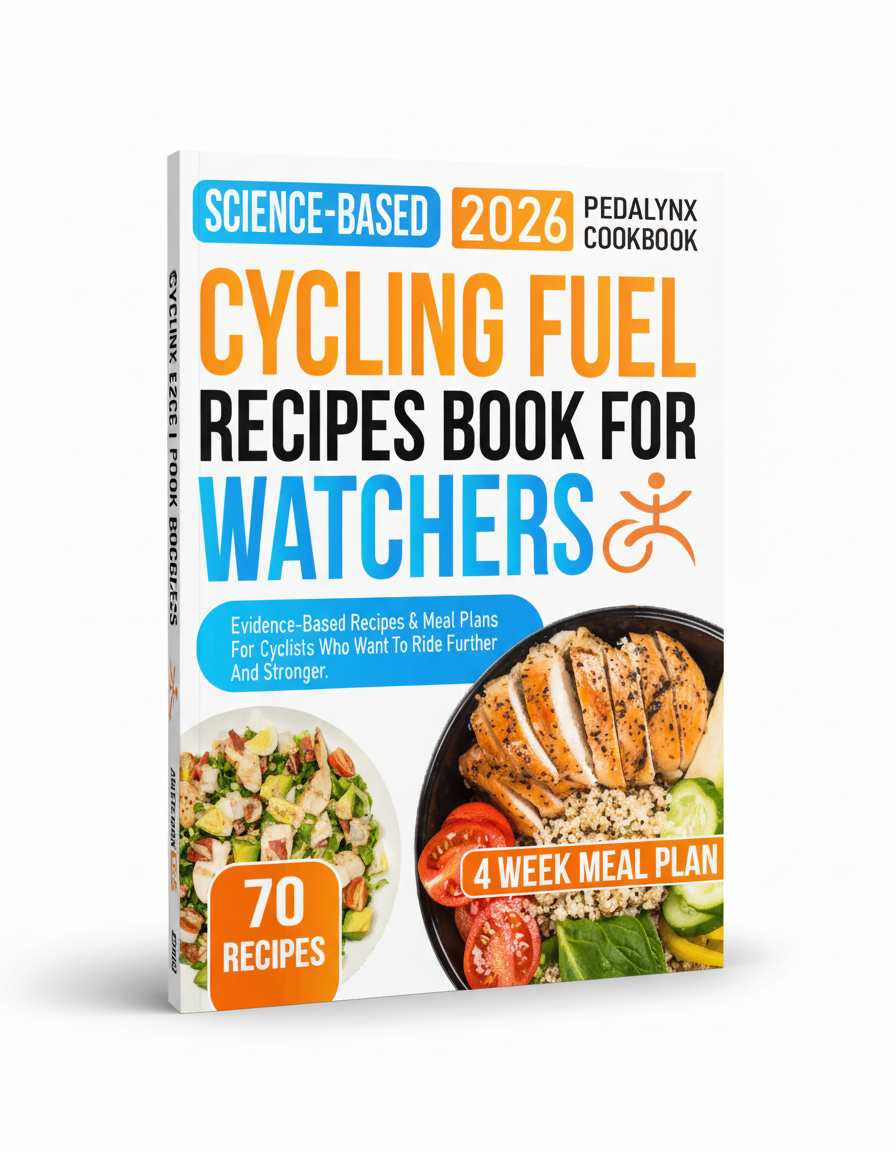The Best Fluffy Pancakes recipe you will fall in love with. Full of tips and tricks to help you make the best pancakes.
Energy Gels : Cycling’s Most Controversial Topic ?
Energy Gels and their financial and physical cost on your.
So there I was, 40 miles into what should’ve been a pleasant Sunday ride—you know those crisp autumn mornings when everything feels possible?—when my gut decided to stage a full-blown rebellion. That third raspberry gel (why is it always raspberry?) was making its dramatic exit strategy known. The irony wasn’t lost on me: here I was, a cycling enthusiast who’d spent more on energy gels than most people spend on groceries, literally retching on the side of Highway 101.
This, my friends, is why learning what NOT to do might just save your cycling career. And your dignity. Because honestly? The cycling nutrition world is a minefield of expensive mistakes wrapped in shiny packaging.
Most cyclists—myself included, until that fateful Sunday—treat fueling like some kind of rocket science when really, our great-grandparents had this figured out decades ago. But we’ve been seduced by marketing that promises miracles in tiny packets. Spoiler alert: miracles don’t come in raspberry flavor.

The All-Gel Apocalypse
Picture this nightmare scenario: You’re Sarah from Portland (yes, she’s real, and yes, she gave me permission to share this disaster). Century ride attempt number one. Twelve gels stuffed in her jersey like some kind of sugary ammunition. The logic seemed bulletproof—concentrated energy, no mess, just rip and consume. By mile 50, her stomach felt like a cement mixer filled with acid.
Here’s what nobody tells you about the gel-only approach: your digestive system isn’t a Formula 1 pit stop. It’s more like… well, think of it as your great-aunt Martha who needs time to process things properly. Bombard her with synthetic sugar hour after hour, and she’s going to revolt. Hard.
Real food—bananas that actually grew on trees, dates that didn’t require a chemistry degree to pronounce their ingredients—these provide what your gut recognizes as, well, actual food. The fiber content alone (something gels completely lack) helps regulate absorption and prevents that washing-machine-on-spin-cycle feeling.
But here’s where it gets interesting—and slightly contradictory to what I just said. Gels aren’t inherently evil. They’re just… how do I put this? They’re like that friend who’s great in small doses but becomes absolutely unbearable if you’re stuck with them for hours on end.
The Water Equation Nobody Talks About
Oh boy, this is where things get really messy. And I mean that literally—sticky, dehydrated, crampy kind of messy.
Each gel demands roughly 150-200ml of water for proper absorption. Miss this equation? You’re not fueling, you’re creating a traffic jam in your intestines. It’s like trying to dissolve honey with a teaspoon of water—just creates a sticky mess that goes nowhere fast.
Real food comes with natural water content. Oranges, watermelon, even a simple PB&J sandwich—they’re already balanced in ways that make your digestive system purr instead of growl.
Timing: The Art of Not Sucking at Life
The weekend warrior mentality—saving gels for “when things get tough”—is basically setting money on fire while slowly destroying your ride experience. When that glycogen debt hits (usually around mile 40-50 for most recreational cyclists), you’re already operating from a deficit that no amount of emergency gel consumption can fix.
Your body is surprisingly predictable in this regard. Start fueling early, stay consistent, and you’ll avoid the desperate scramble later. Real food in that first hour creates the foundation that makes everything else work.
But—and this is important—don’t overthink it to the point of paralysis. Sometimes the perfect nutrition plan is just… eating when you’re starting to feel a little empty.
Flavor Fatigue: When Your Brain Says “Nope”
After your third strawberry-banana gel, your brain starts actively rejecting that synthetic sweetness regardless of what your muscles need.
It’s psychological warfare, really. Your taste buds stage a mutiny against nutrition exactly when you need it most. I’ve seen grown cyclists—tough, weathered road warriors—literally gag trying to force down their fourth gel of the day.
Real food sidesteps this entirely. A banana tastes like a banana whether it’s your first or fifth. That simple ham sandwich becomes increasingly appealing as miles tick by instead of increasingly revolting.
Sometimes I wonder if we’ve overcomplicated this whole thing…
How I Learned to Stop Worrying and Love Actual Food
Let’s talk numbers for a hot minute, because honestly, the math here is just brutal.
Premium gels: $2-3 each. Four-hour ride, one every 30 minutes = $16-24 per ride. Multiply across a season and you’re looking at serious cash. I calculated my 2023 gel expenses last winter and nearly choked on my coffee. $400+ for nutrition that often made me feel worse than if I’d eaten nothing at all.
Meanwhile, bananas cost maybe thirty cents and deliver comparable quick energy plus actual nutrients your body craves. Not to mention they come in their own biodegradable packaging (how’s that for sustainability?).
Breaking Free from Gel Dependency

Used strategically—one per hour max, always with water, supported by real food—they can add convenience without compromising your digestive happiness or financial stability.
The cycling industry profits from complexity. They want you to believe that peak performance requires expensive products. Truth is, humans have been fueling hard physical work for millennia without needing a chemistry degree.
Ready to revolutionize your cycling nutrition game? The Cycling Fuel Recipes e-Book for Watchers delivers proven strategies covering everything from energizing pre-ride breakfasts to recovery-focused dinners. For just $19.95, you’ll discover real food solutions that outperform expensive gels while actually tasting good and supporting long-term health.
Don’t let another ride get ruined by fueling disasters. Your breakthrough performance starts with smarter choices.





